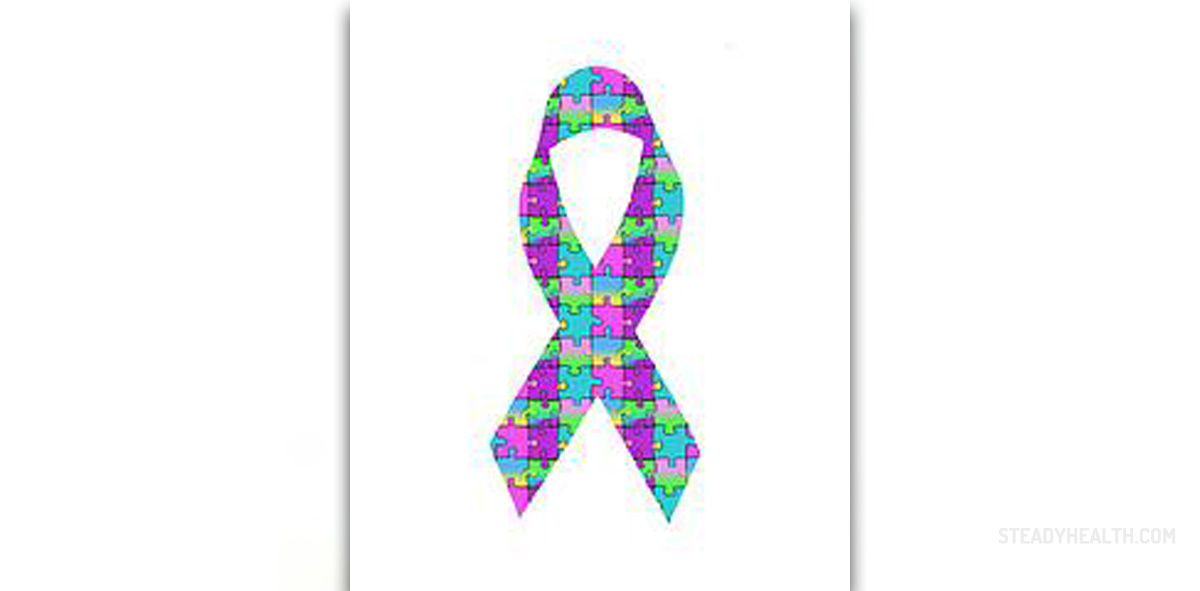
Autism is a lifelong disability that is characterized by impaired social interaction and communication, and by the restricted scope of interests and highly repetitive behavior. Patients with this disorder usually perceive the world around them in a quite unusual way. The disease manifests differently in different people. Some of them have milder manifestations while the others even lack the ability to speak. The disorder is typically diagnosed in the early childhood, and the first symptoms are commonly noticeable even before the age of three. It is estimated that autism affects about 1–2 per 1,000 people worldwide, but the numbers of diagnosed children seem to be rising.
Behavioral characteristics of autism
Most of the parents fail to recognize the first symptoms of autism. However, early cognitive and behavioral intervention may help these children to acquire the basic self-care, social and communication skills. The symptoms characteristic for autism are impairments in social interaction, impairments in communication, interests restricted to certain limited areas and repetitive behavior.
Even as infants, affected individuals show less attention and almost no reaction to social stimuli. For example, these babies will not react when parents call their name, and may not smile and look around them curiously, as other babies usually do. However, the disease becomes more pronounced after the age of three when the children fail to exhibit social understanding.
These children often prefer to be alone. They have difficulties in making friendships and communicating with people. However, making functional friendships can make a huge difference in the quality of their lives. Another great obstacle is that these children typically do not develop enough natural speech to express themselves normally and understand others well.
Children with autism have pronounced compulsive behavior, and they get easily upset if the pattern is changed. Their focus of interest is usually limited to certain topic or activity, and they normally enjoy ritualistic behavior. About 30% of affected children are prone to self-injury: eye poking, skin picking, hand biting, or head banging.
ManagementThere is no cure for autism but many home-based and school-based treatments and interventions can provide a relief to patients and their caregivers. Behavior and communication therapies, for example, are focused on reducing behavioral problems and teaching the patient new skills. Children may learn how to react properly in social situations and how to communicate better with others. Educational therapies are also available and aimed to improve the patient’s social skills, communication and behavior. Antidepressants may be prescribed for anxiety, while some antipsychotic drugs work against severe behavioral problems.



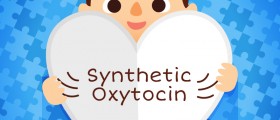



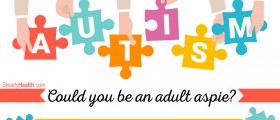
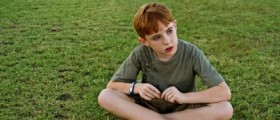
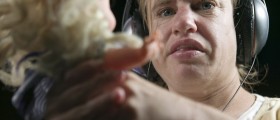

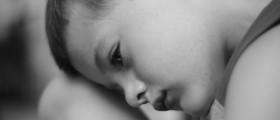
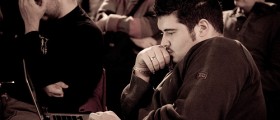
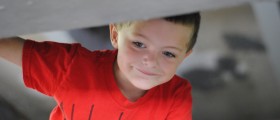
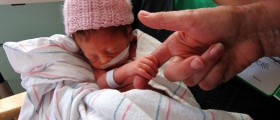
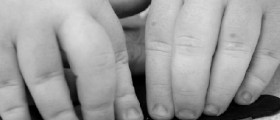
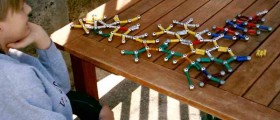
Your thoughts on this
Loading...